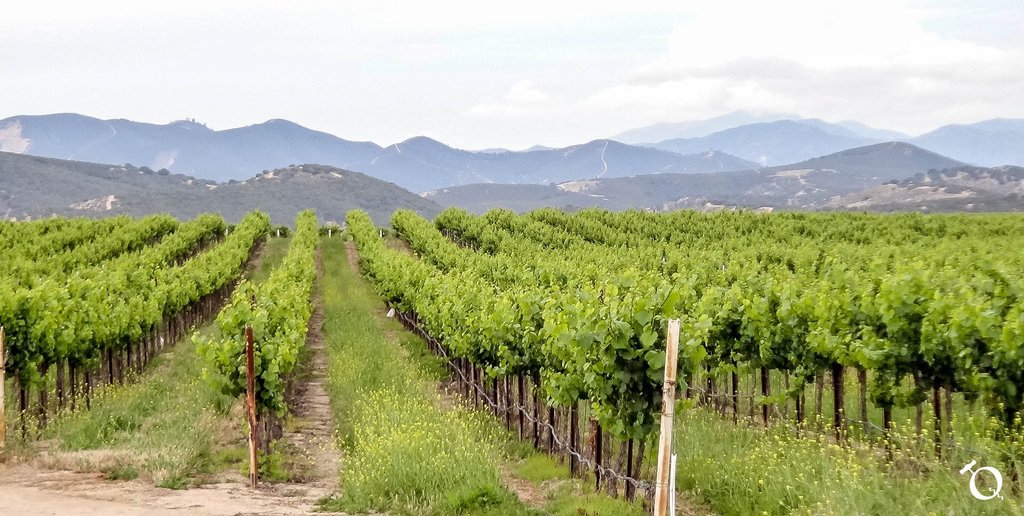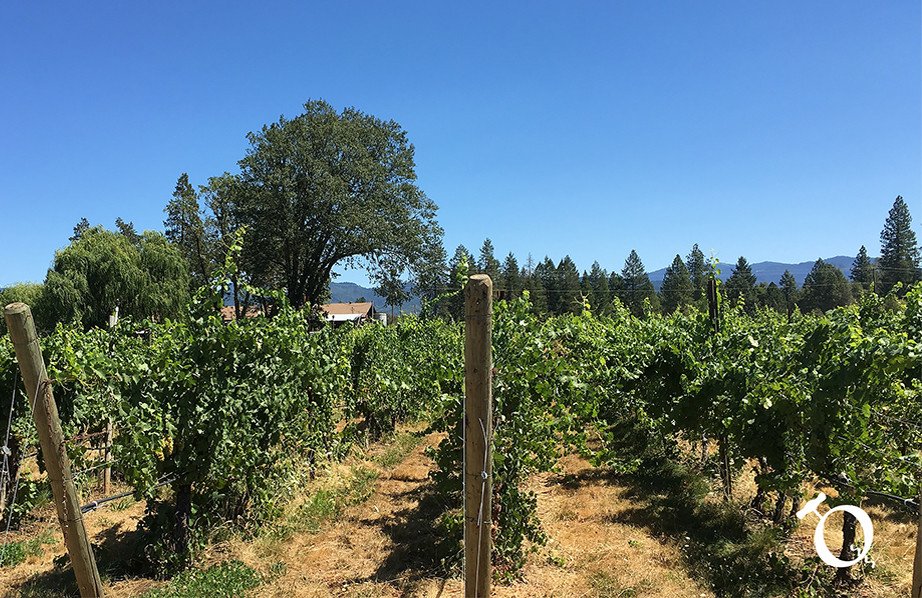February 21st - This Date in Wine History
/Wine has a long established history of being our drink of choice for celebrating, entertaining, and savoring life; but it didn't start out that way. From the invention of the barrel to the designation of the separate viticultural areas, wine has a long and sorted history. In our daily feature "This Date In Wine History," we share an event of critical importance in wine history.
Hieronymus Bock, a German botanist, physician and minister died in 1554. He is the first person documented to use the term Riesling in his Kreutterbuch (Plant Book).
Jeanne Calment, the French supercentenarian who lived to 122 years, 164 days was born in 1875. She was known to smoke a cigar or cigarette and drink a small glass of Port everyday from ages 111-114.
Bonfort’s Wine and Spirit Circular reports that the steamer San Juan sailed for Panama in 1890 with a consignment of California wines.
Lidia Bastianich was born in 1947 in Pula, Croatia. She is one of the owners of Bastianich Winery in Friuli, Italy with her son, Joe.
Spain's Dominio de Valdepusa Vino de Pago was created in 2003. It is located in Malpica de Tajo.












